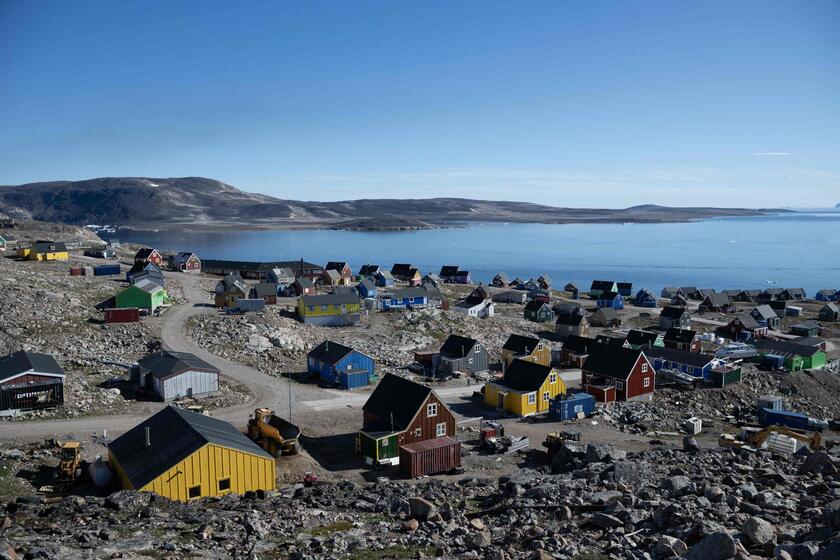A crucial choice under the Arctic sky. Tomorrow, Greenland will vote in an election that could mark a turning point in the island’s history. While citizens will have to brave snow and ice to cast their votes, the shadow of international pressures looms over the future of the self-governing Danish territory.
Among the factors that make this election crucial is the repeated threat by Donald Trump to take control of the country. Voters will choose 31 members of the Inatsisartut, the local parliament, but the stakes go far beyond the simple political composition: the very fate of the region could be rewritten. Should it remain under Danish influence, aim for independence, or form closer ties with global powers such as the United States and Europe?
Although the concept of independence is not yet clearly defined by the ruling class, the two main parties, Inuit Ataqatigiit and Siumut, both pro-sovereignty, have promised a referendum on separation from the motherland, though no specific date has been set.
In 1721, Denmark, through the Danish West India Company, took control of Greenland, initially as a commercial colony. In 1953, the territory was officially incorporated into the Kingdom as a county, losing some local hegemonies. Although in 1979 the territory was granted greater autonomy, allowing it to manage many issues through a local government, defense and foreign affairs remained under Copenhagen’s control.
Despite political autonomy and the 2008 referendum in which Greenlanders called for more freedom, the close political and economic ties have made it difficult to fully detach from the Scandinavian country.
Greenland is rich in natural resources that are still underexploited, including the highly sought-after rare earth minerals. With an area of over two million square kilometers and a population of fewer than 60,000 inhabitants, the island represents a coveted target in global geopolitics.
Trump, who called the acquisition an “absolute necessity,” has hinted at using military force or economic coercion to gain control of the territory. Recently, he reiterated that America will succeed “one way or another.” The growing interest of China and Russia in the Arctic only increases the international tension surrounding the area.
Aware of these ambitions, the Greenlandic government has recently toughened laws on foreign interference, banning anonymous or foreign political donations. Independence, however, would raise enormous questions about the region’s economic future, which currently receives an annual subsidy of 500 million dollars from Denmark to fund its the welfare system.
Prime Minister Múte Egede, leader of the Inuit Ataqatigiit, has made nationalism one of the cornerstones of his New Year’s speech, stating that “it is time to take the next step” and break free from the “chains of the colonial era.”
One of the most controversial issues concerns mineral resources. Legislators have already blocked several EU-supported projects due to the presence of uranium in rare earth deposits. This issue was decisive in the 2021 elections, which led to the victory of Inuit Ataqatigiit, who opposed such exploitation. However, in this election campaign, the mining issue has taken a back seat, as have debates about tourism and maritime transport, which could represent valid economic alternatives for a potential independent Greenland.
Despite the GOP leader’s promises to make the island “rich,” opposition to annexation by the United States is overwhelming: a poll conducted in January revealed that about 85% of the population is opposed to this prospect.












